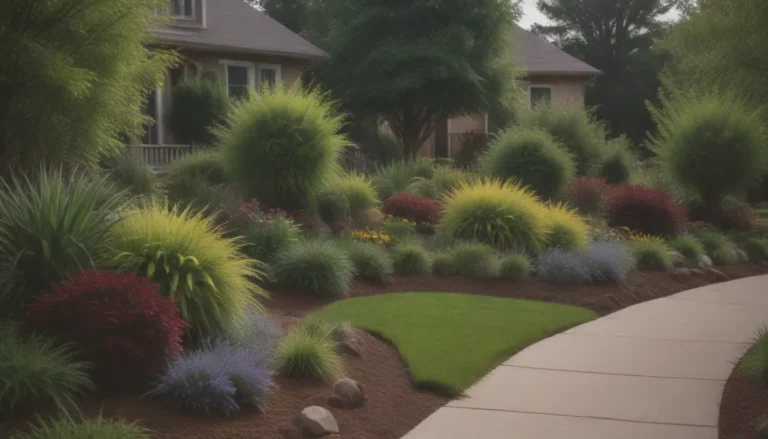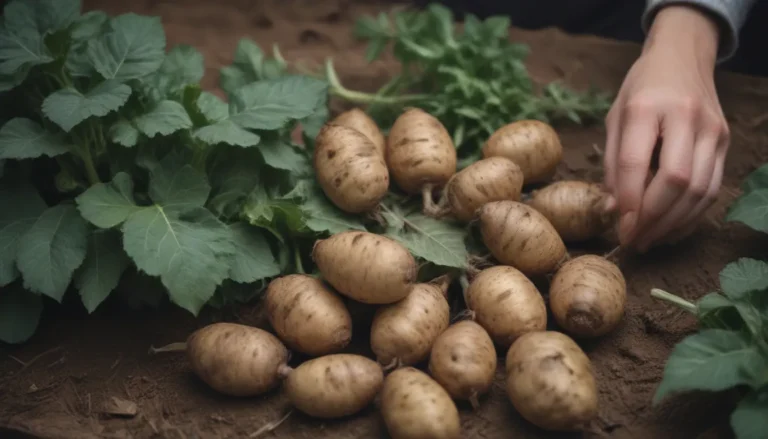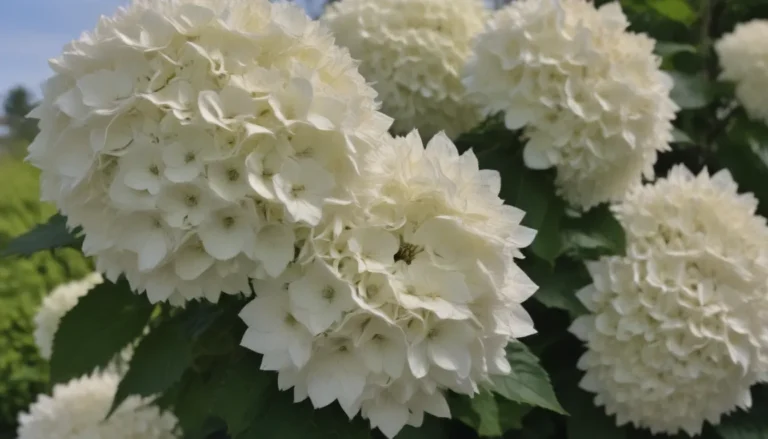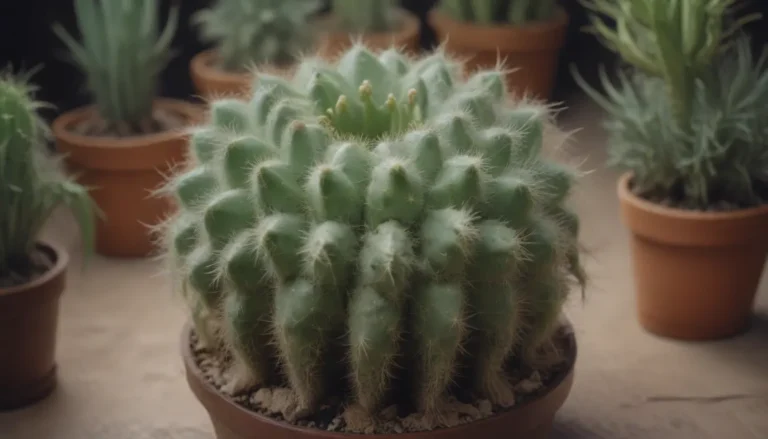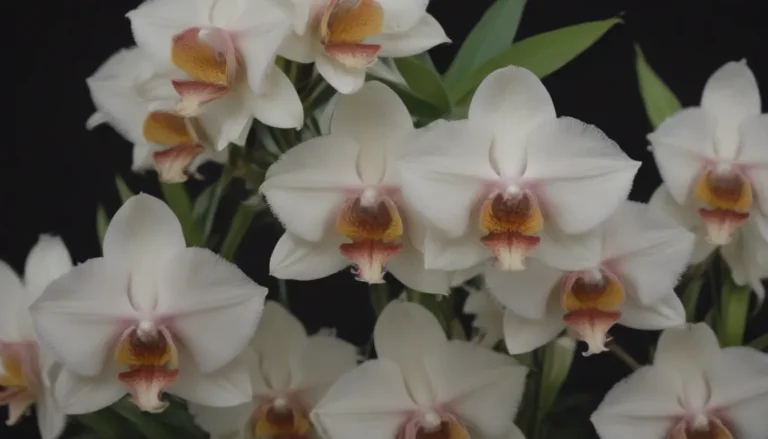A Comprehensive Guide to Growing and Caring for Malabar Spinach
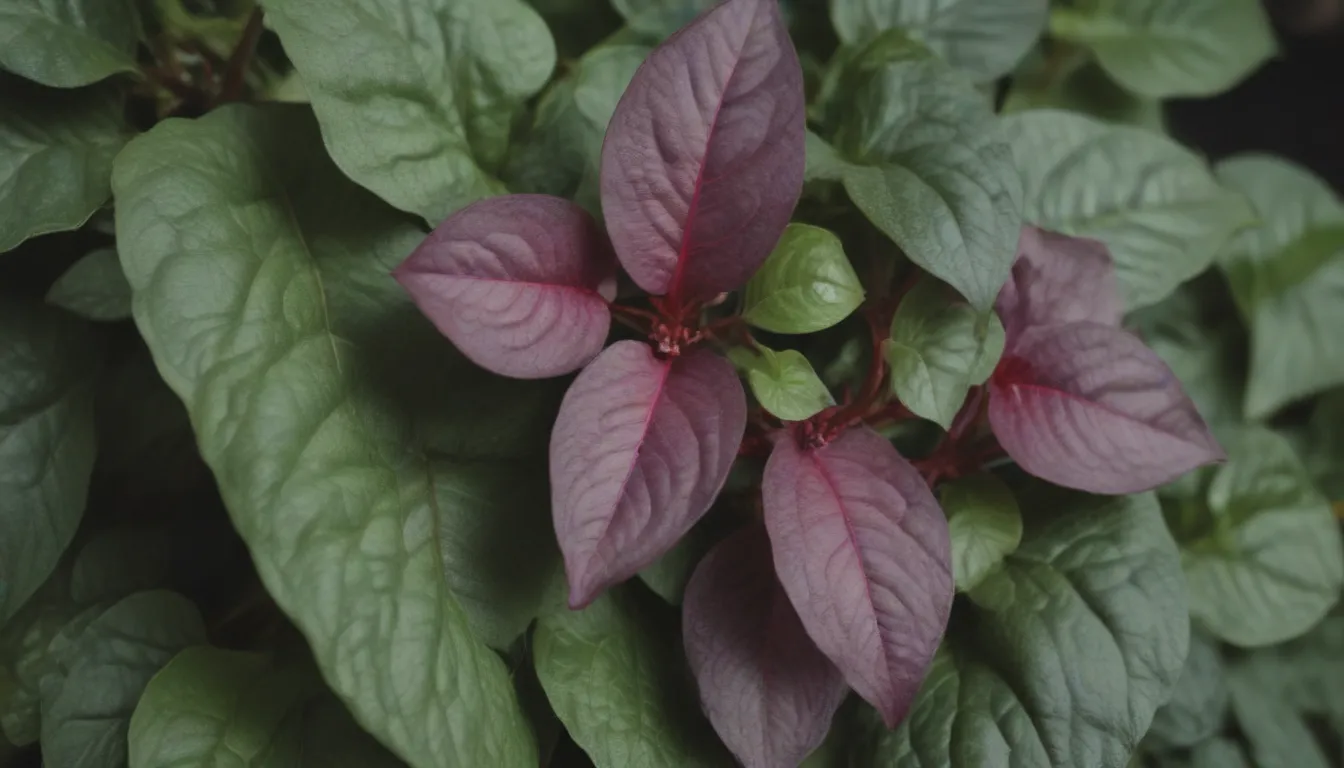
Malabar spinach is a fantastic alternative to traditional spinach, especially in hot climates where traditional varieties may struggle to thrive. This tropical leafy green, though not a true spinach, shares many of the same qualities. From its mild, spinach-like taste to its unique texture when cooked, Malabar spinach is a versatile and attractive addition to any garden. In this guide, we will explore everything you need to know about growing and caring for this wonderful plant.
Getting to Know Malabar Spinach
Soil: Malabar spinach is not finicky when it comes to soil. It can thrive in a wide range of soil types, but it does best in well-draining, fertile soil with plenty of organic matter. Sandy loam is ideal, but the plant can also tolerate damp conditions as long as the soil is not waterlogged.
Water: This plant loves moisture. Regular watering is essential, especially in dry conditions. Without ample water, Malabar spinach may flower prematurely, resulting in bitter leaves. Avoid overwatering, however, as this can lead to issues with poor drainage.
Light: While Malabar spinach prefers full sun, it can also tolerate partial shade. In fact, some dappled shade may increase the size of the leaves and make them more succulent, enhancing the overall flavor of the plant.
Temperature and Humidity: As a tropical plant, Malabar spinach thrives in heat. It is extremely sensitive to frost and will not survive in cold temperatures. For optimal growth, temperatures above 80 degrees Fahrenheit during the day and 60 degrees Fahrenheit at night are necessary.
Fertilizer: Like most leafy greens, Malabar spinach benefits from a high-nitrogen fertilizer for healthy leaf growth. A slow-release fertilizer applied at planting time, followed by regular feeding every three to four weeks during the growing season, will help your plant thrive.
Planting Malabar Spinach
When it comes to planting Malabar spinach, timing is key. In warmer climates (zone 7 and higher), you can directly sow seeds in the garden a few weeks after the last frost date. For cooler regions, starting seeds indoors six to eight weeks before the last spring frost is recommended.
Choose a sunny location with ample space for the plant to grow vertically. Consider using a trellis or other support structure to help the vines climb and prevent them from sprawling on the ground.
Green vs. Red Malabar Spinach: There are two common varieties of Malabar spinach: green and red. While both are edible, the green variety is favored for cooking due to the loss of the red stem color when cooked. Red Malabar spinach is often grown for its ornamental value.
Care and Maintenance
Harvesting: To ensure a continuous harvest of fresh, succulent leaves, pick individual leaves, stems, and vine tips as needed. Regular harvesting promotes new growth, so it’s best to harvest smaller amounts more frequently rather than waiting for a large harvest.
Pruning: Malabar spinach vines can become unruly if left unchecked. Regular pruning of leaves and stems, along with pinching the vine tips to encourage branching, will help maintain a manageable plant size and shape.
Propagation: Malabar spinach can be propagated from vine tip cuttings or by collecting and planting seeds. Rooting cuttings in water or soil, or collecting and storing seeds for future planting, are effective methods of propagation.
Growing Malabar Spinach in Containers
Growing Malabar spinach in containers is entirely possible with the right conditions. Ensure the container is large enough to support a trellis or other support structure and provide consistent moisture, as potted plants dry out faster than those in the ground.
Overwintering: In colder climates, Malabar spinach can be overwintered indoors and replanted outdoors the following spring. Taking cuttings in late summer and rooting them in containers indoors will allow you to enjoy fresh Malabar spinach year-round.
Common Pests and Diseases
While Malabar spinach is generally resistant to pests and diseases, warm and wet conditions can sometimes lead to issues such as fungal leaf spot. Promptly remove infected leaves to prevent the spread of disease and ensure the health of your plant.
Incorporating Malabar spinach into your garden can add both beauty and flavor to your landscape. Whether enjoyed fresh in salads or cooked in a variety of dishes, this versatile plant is a wonderful addition to any garden. By following these tips for growing and caring for Malabar spinach, you can cultivate a bountiful harvest of this unique and tasty green. Happy gardening!
Sources:
– Cornell University Malabar Spinach Growing Guide
– University of Florida, UF/IFAS Extension Malabar Spinach Cultivation Guide
– Wisconsin Horticulture, Division of Extension Root-Knot Nematode Information
